The difference between cylindrical, prismatic and pouch cell batteries
The difference between cylindrical, prismatic and pouch cell batteries
There are three main packaging forms of lithium batteries: they are cylindrical, prismatic and pouch cell packages. Each packaging has its own advantages and disadvantages, which we will review in today’s article.
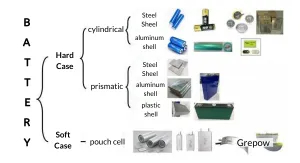
Battery shape classification
Cylindrical Lithium Battery
There are many types of cylindrical cells, such as 14650, 17490, 18650, 21700, 26500 and so on. Many car models use this type of battery; Tesla, for instance, uses a 21700 cylindrical battery for its Model 3.
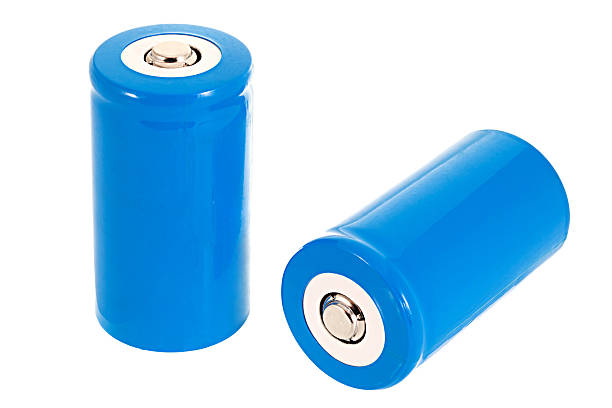
Advantage
The technology behind cylindrical lithium batteries have been around for quite some time, so the yield and consistency of the pack is high. The cost of these packs are also low, which allows them to be suitable for mass production. The cylindrical battery is particularly convenient for its variety of combinations and suitability for electric-vehicle designs.
Disadvantage
On the other hand, these batteries are usually packaged in steel or aluminum shells, making them heavy with a low specific energy.
Application
These batteries can be applied to power tools, toy models, digital electronic products, laptops, lamps, and other portable mobile energy systems.
Prismatic Lithium Battery
The packaging shell of a prismatic lithium battery is mostly made of aluminum alloy and stainless steel. The inner part of the battery adopts a winding or laminating process. The structure is relatively simple, and the production process is not complicated.
Advantage
Compared with cylindrical lithium batteries, these batteries are safer. Because they are not like cylindrical batteries that use higher strength stainless steel as the shell and accessories with explosion-proof safety valves, the overall weight is lighter, and the energy density is relatively higher.
Disadvantage
There is a low automation level due to the difficulty in having so many different types of lithium batteries. The monomers are also quite different, and there may be cases where groups of prismatic lithium battery packs are far below the life of a single lithium battery.
Application
These packs can be applied to electric vehicles, communication-based stations, energy storage, medical fields, etc.
Pouch Cell Lithium Battery
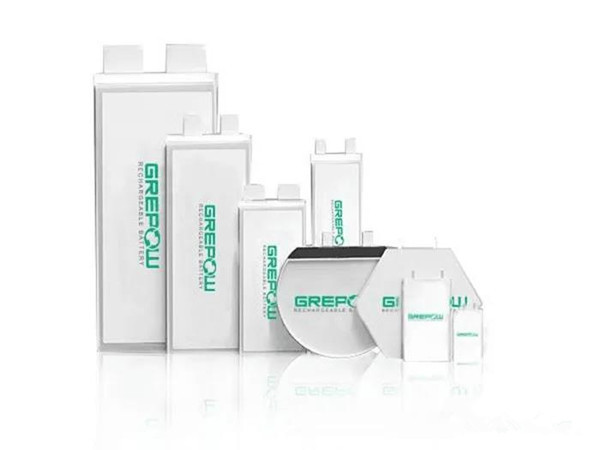
There is little differentiation between the positive electrode, negative electrode material and separator that are used in pouch cell lithium batteries, cylindrical and prismatic lithium batteries. The biggest difference between them is the packaging material, aluminum-plastic film. The packaging materials are usually divided into three layers: the outer barrier (usually an outer protective layer composed of nylon BOPA or PET), the middle barrier (a middle layer consisting of aluminum foil) and the inner layer (a multifunctional layer).
Advantage
The aluminum-plastic film packaging has a certain degree of flexibility. When a safety problem occurs, the pouch cell battery will bulge up and crack but will not explode or cause a fire because the gas cannot be released.
Disadvantage
However, most pouch cells need to be customized. Currently, the manufacturers that can customize pouch cell batteries are Gateway Power, Grepow and so on.
Application
The applications are in smartphones, drones, wearable devices, automotive industry, special fields, etc. In general, the cylindrical, prismatic and pouch cell batteries have their own advantages and disadvantages. Each battery has its own leading field and has been well applied. For more battery information, go our Grepow Blog to YT channel here.
Related Articles
-
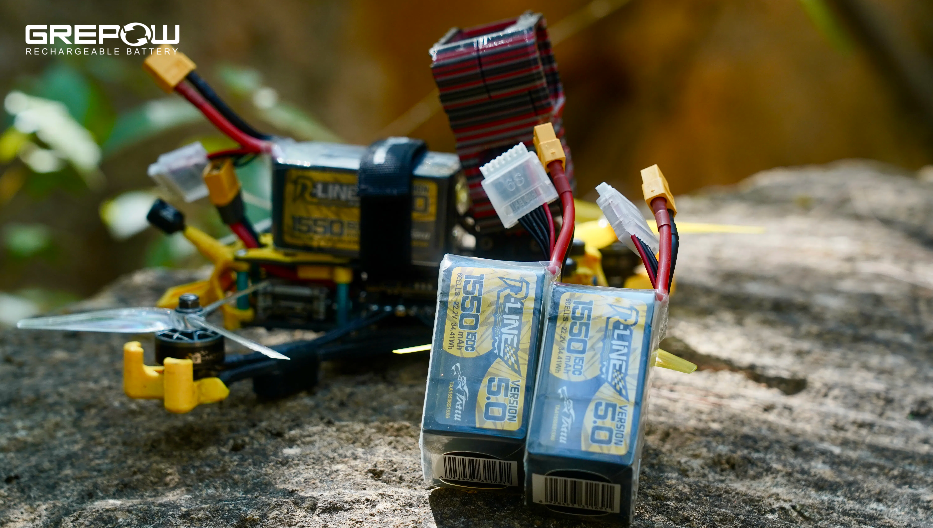
What Is a 7 Inch FPV Drone?
2025-04-15 -

Empowering Drone Training with Grepow’s Tailored Battery Solutions
2025-04-15 -
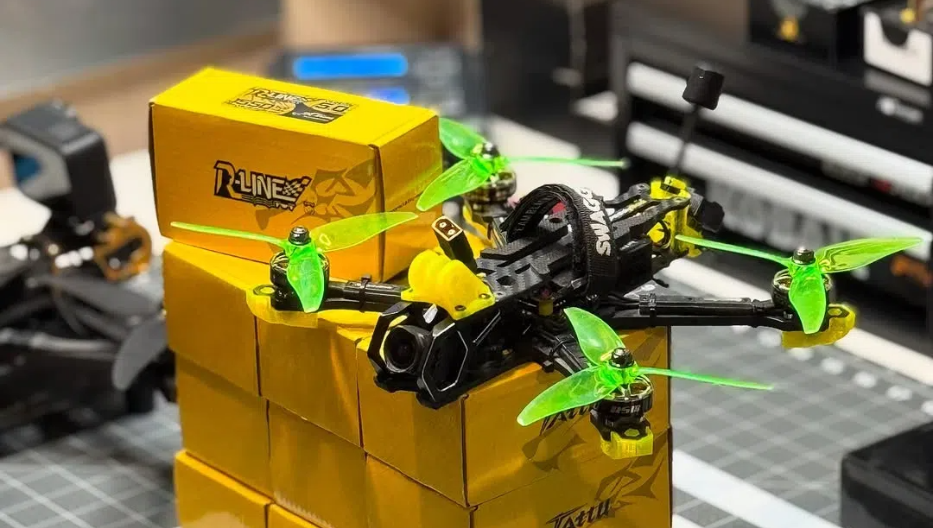
FPV Drone Types: All You Need to Know
2025-03-06
Related products
-
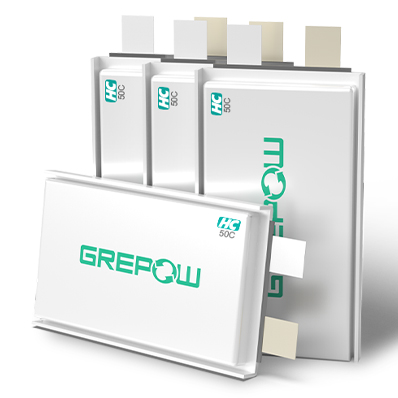
50C High Discharge Battery - High C Rate LiPo
-
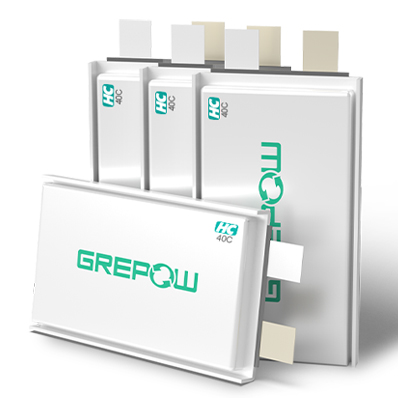
40C High Discharge Battery - High C Rate LiPo
-
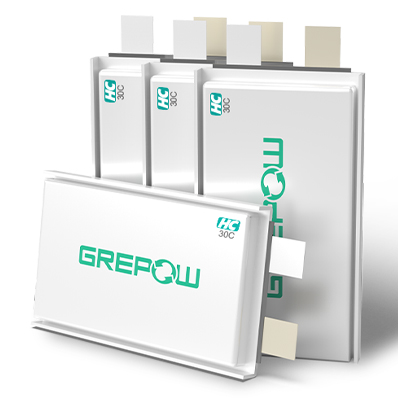
30C High Discharge Battery - High C Rate LiPo

















































